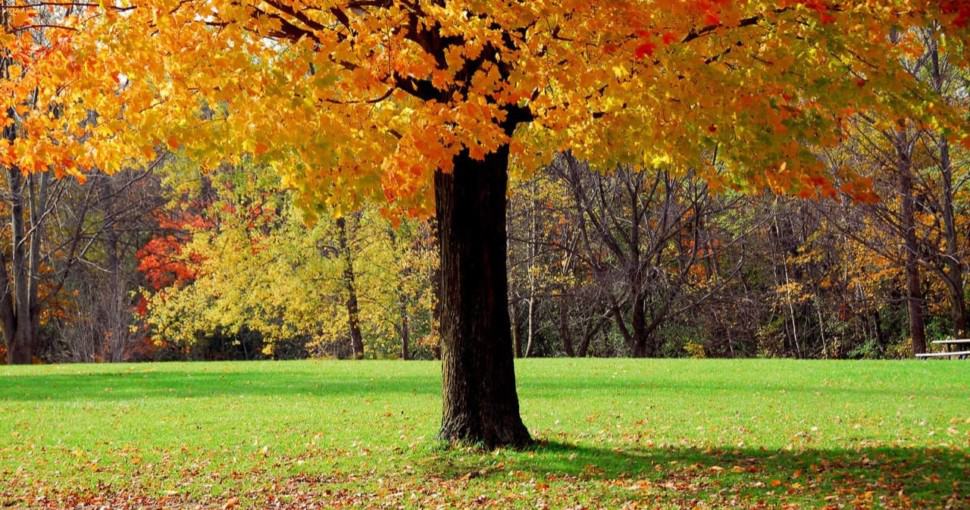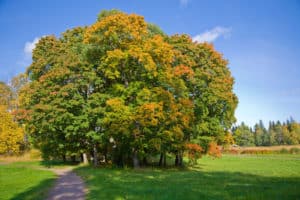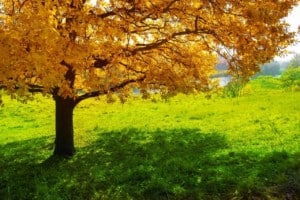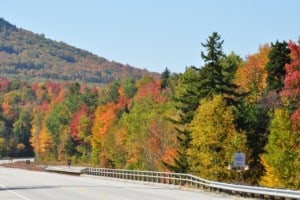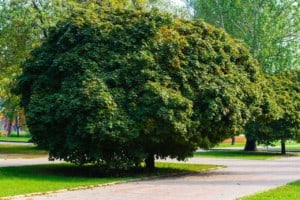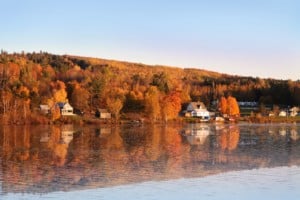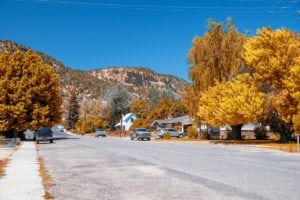Are you hoping to grow a beautiful Maple tree in your home garden in Kansas? Well, the Sunflower State is home to many naturalized Maple Trees and the native Silver Maple. Read on to discover the types of Maple Trees that are common, and you can grow easily in Kansas!
Contents
There are hundreds of Maple trees throughout the world, but most Maple varieties are native to the Northern Hemisphere, especially Northern America and North-East Asia. Maple Trees belong to the Acer species and can be multi-stemmed, shrubby, small-sized specimens or medium to large-sized, regal trees.
Maple Trees are well-loved for their striking fall foliage and for producing maple sap, used in maple syrup production. They are deciduous trees that can reach a height and width of 30 to 70 feet. Most Maple varieties feature dense crowns of lobed, large leaves with flaming red, orange, copper, and yellow fall hues.
These trees have straight-grained, light-hued wood used in various wood furniture, flooring, plywood, and more wooden objects. These trees produce clusters of two-winged, red-hued samaras borne out of clusters of female, small, drooping, greenish-yellow flowers.
Maple Trees typically grow in and around riverbanks, dense forests, residential properties, and varied landscapes. Many of these trees are easy to grow and care for as they are drought-resistant hardy specimens. You need to follow their watering requirements and plant them in a well-lit site in free-draining soil.
This article describes the most common types of Maple trees growing in Kansas. Naturally, Kansas has many more types of trees growing in the state. To learn more, read this article about the most common trees in Kansas.
1. Amur Maple (Acer Ginnala)
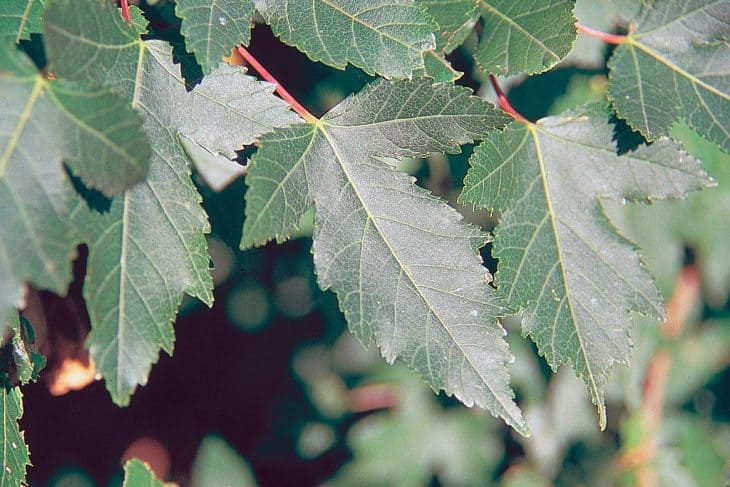
Amur Maple is a deciduous small tree or shrub with striking crimson fall foliage. This tree reaches a mature height of 20 feet. It features 3-lobed, toothed, green leaves and white, aromatic blooms that grow in clusters. Its new leaves start growing in April and May when the flowers are blooming. Amur Maple’s young branches feature smooth, gray bark, but the more mature branches have brownish-gray bark. This tree thrives in full sun to light shade and free-draining soils.
2. Box Elder Maple (Acer Negundo)
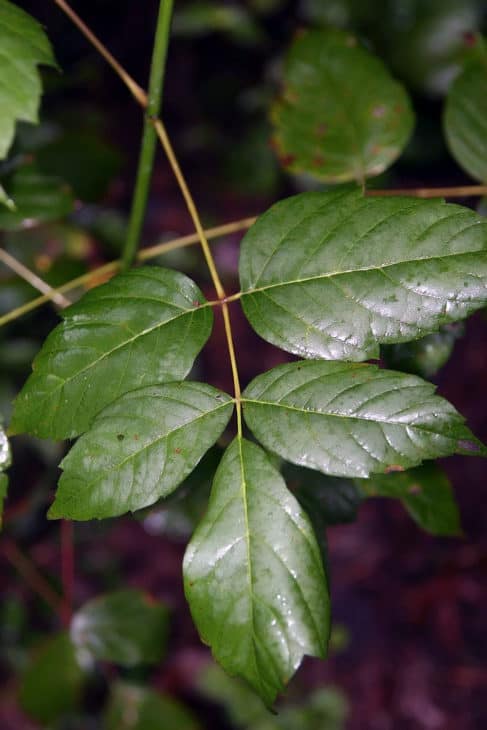
Also known as Ash-Leaf Maple, Box Elder is a small to medium-sized tree with 35 to 50 feet mature height. It features a small trunk, broad-spreading branches, and light green foliage. It also grows male and female blooms that blossom in clusters in April and March. Thanks to its uneven growth, compound leaves, and distinctive base, this deciduous specimen stands out among other Maple Varieties.
3. Silver Maple (Acer Saccharinum)
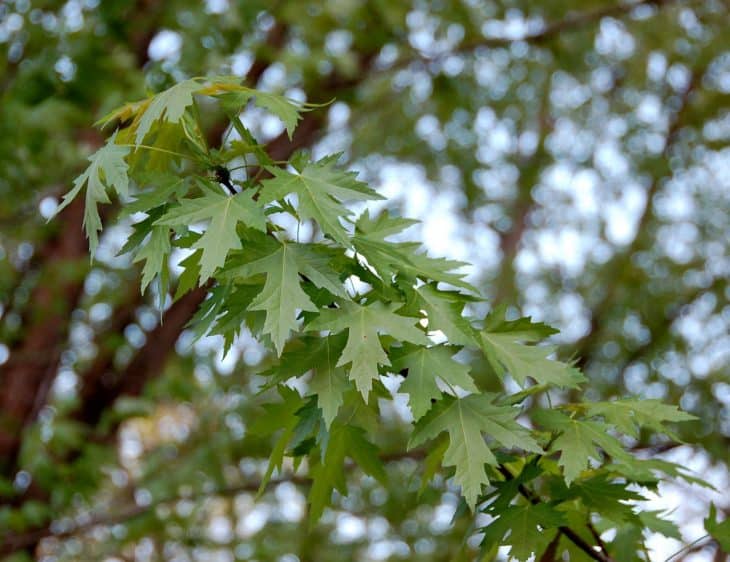
A fast-growing Maple specimen, Silver Maple is often compared to Red Maple. However, it has brown or yellow fall foliage instead of red. This large tree grows up to a height of 50 to 80 feet and features an open, round, spreading crown.
A young Silver Maple features a gray, smooth bark that turns brownish-red as the tree grows. It has light green, deeply lobed foliage with silver undersides. This tree produces clusters of paired samaras and greenish-yellow flowers. Silver Maple grows well in well-lit or speckled locations in free-draining, moist soils.
4. Red Maple (Acer Rubrum)
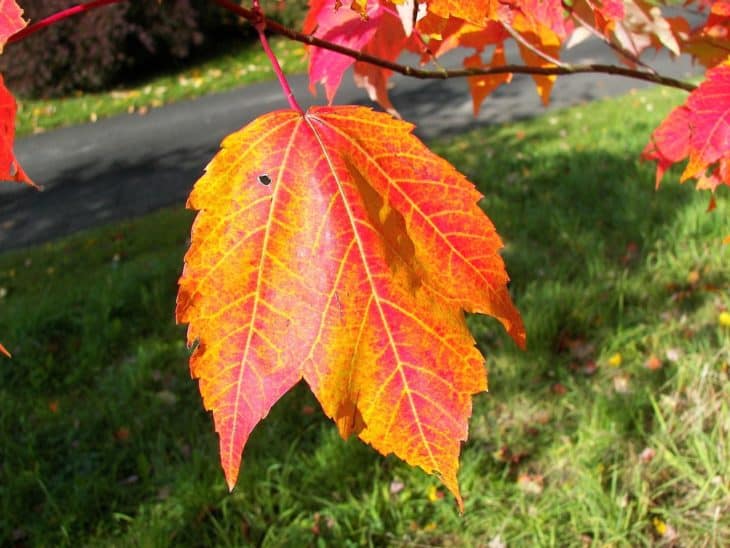
Red Maple is a 40 to 70 feet tall tree native to eastern and central North America. It has a wide, round to oval-shaped crown with a width of 30 to 50 feet. It’s known as Red Maple due to its red or red-shaded emerging growth of leaves, twigs, fruits, flowers, and twigs.
Red Maple is a cold-hardy tree that grows well in sunlit or partially shaded areas in free-draining, acidic, moist soils. This deciduous specimen has beautiful red fall foliage. It also grows two-winged samaras and monoecious flowers. It has medium to dark green, toothed, lobed leaves with green-gray bottoms.
5. Sugar Maple (Acer Saccharum)
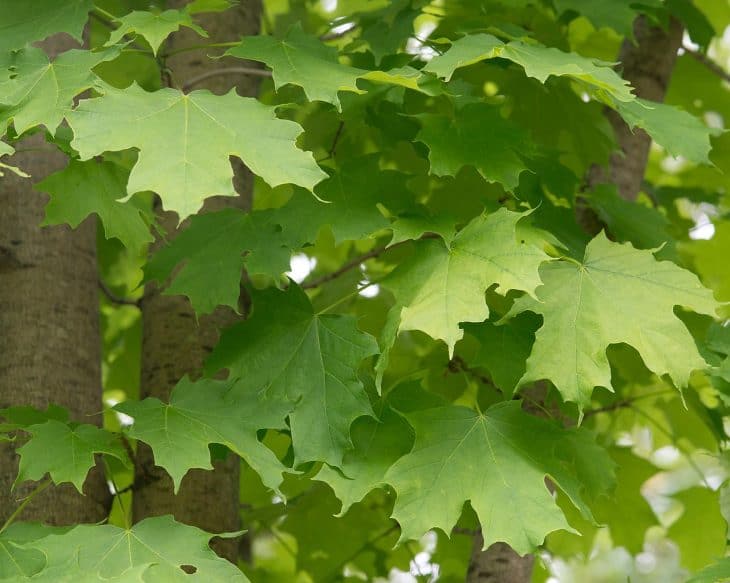
An eastern North American specimen, Sugar Maple is known to thrive in well-lit sites in slightly acidic, free-draining, moist, fertile soils. It’s a deciduous, slow-growing tree that grows up to 40 to 80 feet and features a dense, round crown with a mature width of 30 to 60 feet.
Sugar Maple grows two-winged samaras and medium green leaves that develop an orange-yellow color in autumn. The name of this tree originates from the sugary maple sap running through the tree. This sugary sap is used to make maple syrup. The leaf of this tree is the Canadian national symbol.

